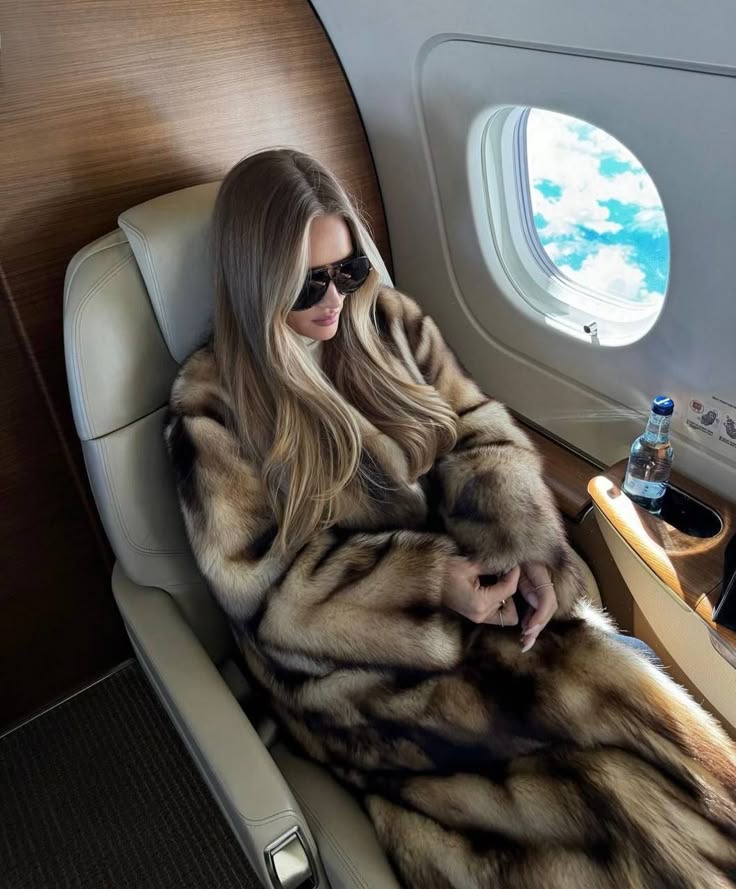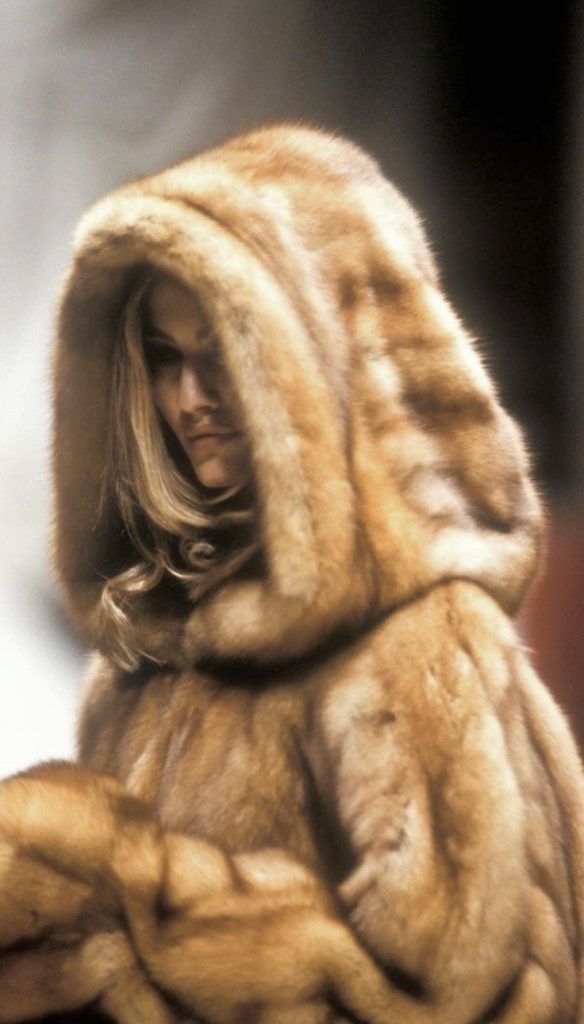
There are garments that whisper luxury, and there are those that command it. The fur coat has always belonged to the latter category — a symbol of opulence, power, and sensual allure. But what once belonged exclusively to Slavic aristocracy ,and Old Hollywood icons has now stepped gracefully into everyday wardrobes.
A History of Elegance and Survival
Fur’s story begins in the frozen landscapes of Eastern Europe , where it was not a matter of style but survival. Sables, foxes, and mink became both protective layers against brutal winters and emblems of social status. By the 19th and 20th centuries, fur had become a coveted accessory of Slavic nobility — women draped in full-length coats, men in fur-trimmed collars, their silhouettes immortalized in literature, painting, and cinema.
Hollywood then claimed it, transforming fur into a symbol of glamour. Marilyn Monroe in white mink, Elizabeth Taylor in chinchilla, and Brigitte Bardot in fox — these images made fur coats synonymous with femininity and allure.
The Slavic Vibe: More Than a Coat
To wear fur is to embody a particular mood: powerful yet feminine, extravagant yet deeply rooted in tradition. It’s what many call the “Slavic vibe” — a fashion language of bold silhouettes, rich textures, and unapologetic glamour. Think long coats paired with leather boots, statement jewelry, and a certain attitude that says luxury is a way of life, not an occasion.
“Fur has always been about more than warmth — it’s about presence. In Slavic culture, it meant identity, pride, and power.”
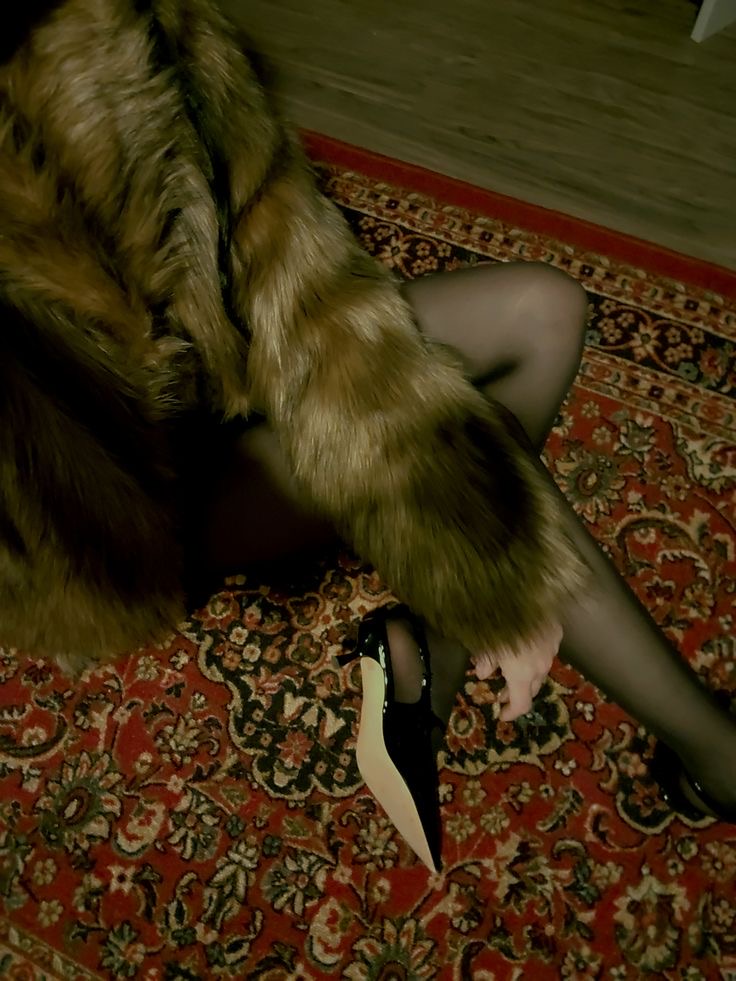
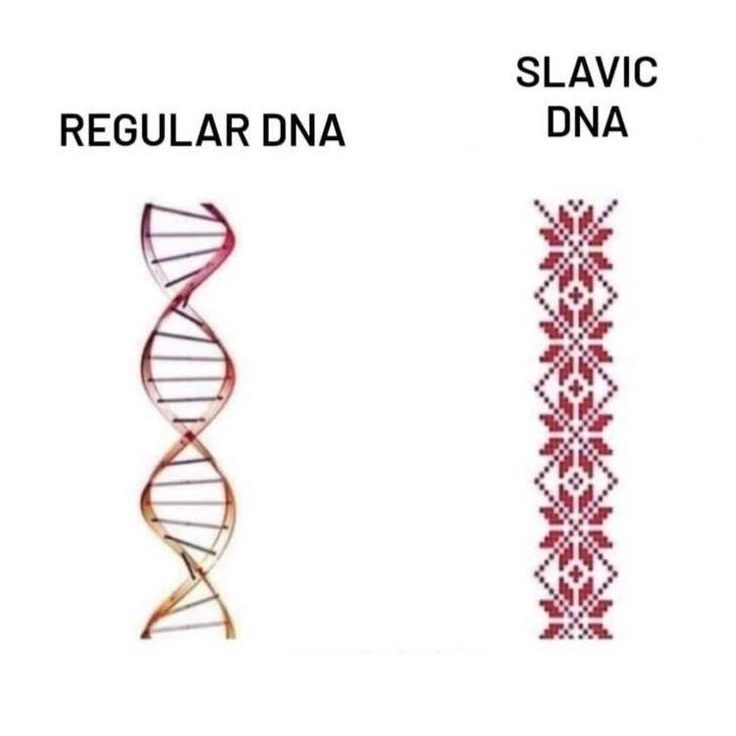
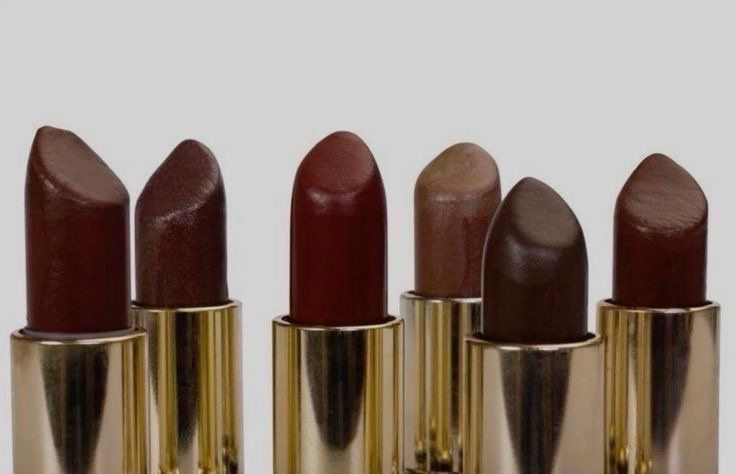
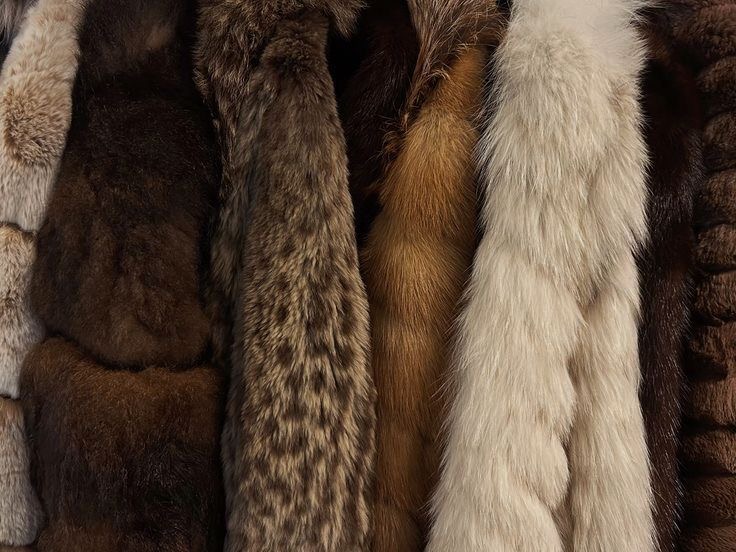

From Runway to Sidewalk
Today, fur coats — and their contemporary faux-fur reinventions — are no longer reserved for gala evenings. Designers from Saint Laurent to Balenciaga have reimagined fur for daytime: cropped jackets with denim, oversized faux-fur in neon tones, or classic sable-inspired silhouettes over sneakers and tailored trousers. The effect is bold but surprisingly wearable.
Styling Ideas:
- The Classic – A full-length neutral-toned coat over monochrome basics; minimal accessories let the coat speak.
- Modern Luxe – Faux-fur in pastel or jewel tones, paired with wide-leg trousers and a sleek bun.
- Street Slavic – Oversized fur draped over athleisure or chunky boots; a nod to Eastern Europe’s influence on global street style.
The Cultural Conversation
Of course, the fur debate is inseparable from conversations about ethics and sustainability. Many luxury houses — Gucci, Prada, Chanel — have committed to going fur-free, championing high-tech faux-furs and recycled materials. The aesthetic remains, but with modern consciousness. For a new generation, the fur coat is as much about ethical innovation as it is about timeless glamour.
Why Fur Still Captivates
The enduring allure of fur coats lies in their drama. They transform the wearer, adding volume, warmth, and a sense of authority unmatched by other garments. Whether real or faux, fur is not merely a piece of clothing — it’s a statement, a memory of aristocracy, and a future of reinvention.
“Fur will always be more than fabric — it’s a silhouette, a culture, a story of power and beauty across centuries.”
